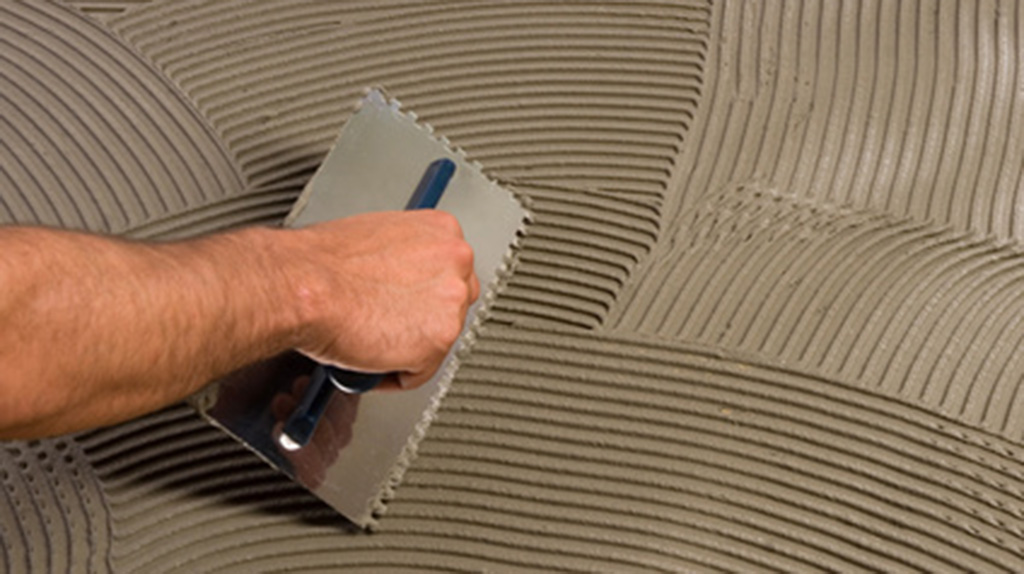Ever wondered if tile adhesive could be a suitable alternative to grout for your tiling project? The question lingers as you consider the compatibility and effectiveness of the two materials in securing and finishing your tiles. While both serve essential purposes in the tiling process, there are key distinctions that merit your attention, guiding you towards the optimal choice for your project. Also Read Manufacturers of Tile Adhesive, Wall Putty & Epoxy Grout
Understanding Tile Adhesive Vs. Grout
- When deciding between tile adhesive and grout for your tiling project, understanding the differences in their properties and purposes is crucial. Tile adhesive is known for its exceptional adhesive durability, providing a strong bond between the tile and the substrate. This is essential for ensuring that your tiles stay firmly in place over time, even in high-moisture areas like bathrooms and kitchens.
- Grout serves a different purpose. While it also helps to hold tiles in position, its primary function is to fill the gaps between tiles. Grout comes in a variety of colors, offering you the flexibility to choose a shade that complements your tiles and overall design aesthetic. From classic white and gray to bolder hues, the grout color options are vast, allowing you to customize the look of your tiled surface.

Pros of Using Tile Adhesive
Tile adhesive offers superior bonding strength compared to traditional grout, ensuring long-lasting adhesion between tiles and the substrate. The benefits of using tile adhesive are numerous.
- Firstly, its strong adhesion properties make it ideal for both interior and exterior applications. Whether you’re tiling a bathroom wall or an outdoor patio, tile adhesive provides a reliable bond that withstands various environmental conditions.
- Additionally, tile adhesive is versatile and can be used with a wide range of tile materials, including ceramic, porcelain, glass, and natural stone. This versatility allows for greater flexibility in design choices.
- Moreover, tile adhesive is resistant to water and moisture, making it suitable for wet areas such as showers, kitchens, and swimming pools. Its water-resistant properties prevent moisture from seeping behind the tiles, reducing the risk of mold and mildew growth.
Cons of Using Tile Adhesive
- Despite its many advantages, using tile adhesive also comes with some drawbacks that should be carefully considered before making a decision. One of the main adhesive drawbacks is that tile adhesive isn’t designed to be used as grout.
- While it may provide a temporary solution, it lacks the durability and flexibility of grout. Tile adhesive tends to be more rigid, making it prone to cracking and crumbling over time, especially in high-traffic areas or where there are temperature fluctuations. Additionally, tile adhesive isn’t as effective at preventing moisture penetration as grout, which can lead to water damage and mold growth behind the tiles.
- When looking at grout alternatives, it’s important to consider materials specifically designed for grouting. These alternatives, such as epoxy grout or urethane grout, offer better resistance to stains, chemicals, and cracking compared to using tile adhesive. They also provide a more polished and professional finish, enhancing the overall look of your tiled surface. While tile adhesive may seem like a quick fix, opting for proper grout materials will ensure a longer-lasting and aesthetically pleasing result.
Tips for Choosing Between Adhesive and Grout
- To make an informed decision between adhesive and grout for your tiling project, consider the specific characteristics and requirements of each material. When it comes to adhesive selection, opt for a quality product that matches the type of tiles you’re installing.
- Ensure the adhesive is suitable for the substrate you’re working on, whether it’s drywall, cement board, or concrete. Additionally, consider the environmental conditions the tiles will be exposed to, such as moisture levels or temperature fluctuations, as these factors can impact the performance of the adhesive.
- For grout application, choose a color that complements your tiles and desired aesthetic. Select a sanded or unsanded grout based on the width of your grout lines, with sanded grout typically used for larger gaps. Ensure the grout is mixed to the correct consistency and applied evenly to avoid uneven coloring or cracking once dried. Prioritize sealing the grout after installation to enhance its durability and prevent staining over time.
How to Properly Apply Grout in Tiling
- When applying grout in tiling, ensure that the mixture is thoroughly mixed to the correct consistency for optimal results. Start by adding water to the grout powder slowly, following the manufacturer’s instructions precisely. Use a grout float to apply the mixture at a 45-degree angle, pressing it into the joints firmly.
- Work in small sections to prevent the grout from drying out before you finish. After applying, clean the tiles with a damp sponge, being careful not to remove too much grout from the joints. Allow the grout to cure according to the recommended time frame, then buff the tiles with a dry cloth to remove any haze.
- Common grout mistakes to avoid include not mixing the grout properly, leading to a weak and inconsistent mixture. Another mistake is applying too much water when mixing, which can cause the grout to crack and weaken over time. Additionally, not cleaning the tiles thoroughly after grouting can result in a hazy residue on the surface. By following correct grout application techniques and avoiding these common mistakes, you can achieve a professional-looking finish for your tiled surfaces.
Conclusion
In conclusion, while tile adhesive and grout may seem similar, they serve different purposes in tiling projects. Tile adhesive is used to bond tiles to surfaces, while grout is used to fill in the gaps between tiles. It isn’t recommended to use tile adhesive as a substitute for grout, as it won’t provide the same strength and durability. Properly applying grout is essential for a successful tiling project, so be sure to choose the right material for the job.